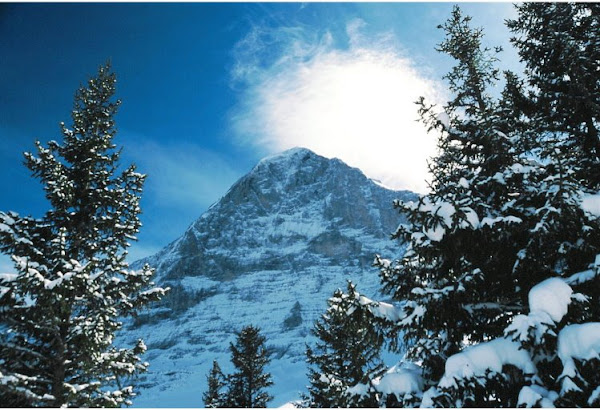Tender-handed stroke a nettle,
And it stings you for your pains;
Grasp it like a man with mettle,
And as soft as silk it remains.
Aaron Hill 1685-1750
We are coming to the end of the nettle season. June is the latest month for fresh nettle consumption. They have traditionally been eaten as a spring cleanse, especially by those with chronic skin and joint problems. It is amongst the first greenery to appear in the garden after the winter hardship, and must have been a welcome sight for the dinner table with its abundance of vitamins and minerals, replenishing the body with much needed nutrients.

Only take the top four to six fresh new green leaves. In my laziness I will just throw a handful in with the rice or pasta to cook. Add it to spinach, or make a soup. Nettle can be eaten raw. By rinsing under running cold water the sting is removed. Do make sure every leaf is rinsed. I once missed the middle of the bunch and got quite a shock biting into my lunch. Otherwise, cooking, steeping and drying also renders the sting painless.
The nettle is an important larval food plant for several butterflies, including the Red Admiral (Vanessa
atalanta), the Small Tortoiseshell (
Aglais urticae) and the Peacock (
Inachis io), so please keep a little plot going. Cut a third back in June, then another third in July and again in August to encourage the butterflies further. Small tortoiseshell and peacock eggs are found on the underside of the leaf. A rolled up leaf may contain the red admiral's eggs. Those in webs are from the Comma Butterfly (
Polygonia C-Album).
The stinging nettle has its uses in the garden. Make a natural fertiliser by leaving the cut plant in a tub of water for a few weeks until it degrades. Then use this mix to water your garden. A spray of the same will also help to keep
common plant pests at bay.
Altogether a very versatile plant and that is without mentioning its many medical uses. That's for another time.
Kxxx
 I don't know when our promised long hot summer is going to start, but this wet and cool sort of weather is exactly what the Cypripedium calceolus likes. Just as a teaser though, above is a photo I took last year.
I don't know when our promised long hot summer is going to start, but this wet and cool sort of weather is exactly what the Cypripedium calceolus likes. Just as a teaser though, above is a photo I took last year..JPG+small.jpg) A Small White Orchid seen up at Wengernalp last week.
A Small White Orchid seen up at Wengernalp last week.


 Despite the rain we went in search for, and found, the Lady's Slipper Orchid.
Despite the rain we went in search for, and found, the Lady's Slipper Orchid.














 Only take the top four to six fresh new green leaves. In my laziness I will just throw a handful in with the rice or pasta to cook. Add it to spinach, or make a soup. Nettle can be eaten raw. By rinsing under running cold water the sting is removed. Do make sure every leaf is rinsed. I once missed the middle of the bunch and got quite a shock biting into my lunch. Otherwise, cooking, steeping and drying also renders the sting painless.
Only take the top four to six fresh new green leaves. In my laziness I will just throw a handful in with the rice or pasta to cook. Add it to spinach, or make a soup. Nettle can be eaten raw. By rinsing under running cold water the sting is removed. Do make sure every leaf is rinsed. I once missed the middle of the bunch and got quite a shock biting into my lunch. Otherwise, cooking, steeping and drying also renders the sting painless.
 These plants multiply by the continuous production of seed, therefore any picking of this flower can reduce the amount appearing next year.
These plants multiply by the continuous production of seed, therefore any picking of this flower can reduce the amount appearing next year.

